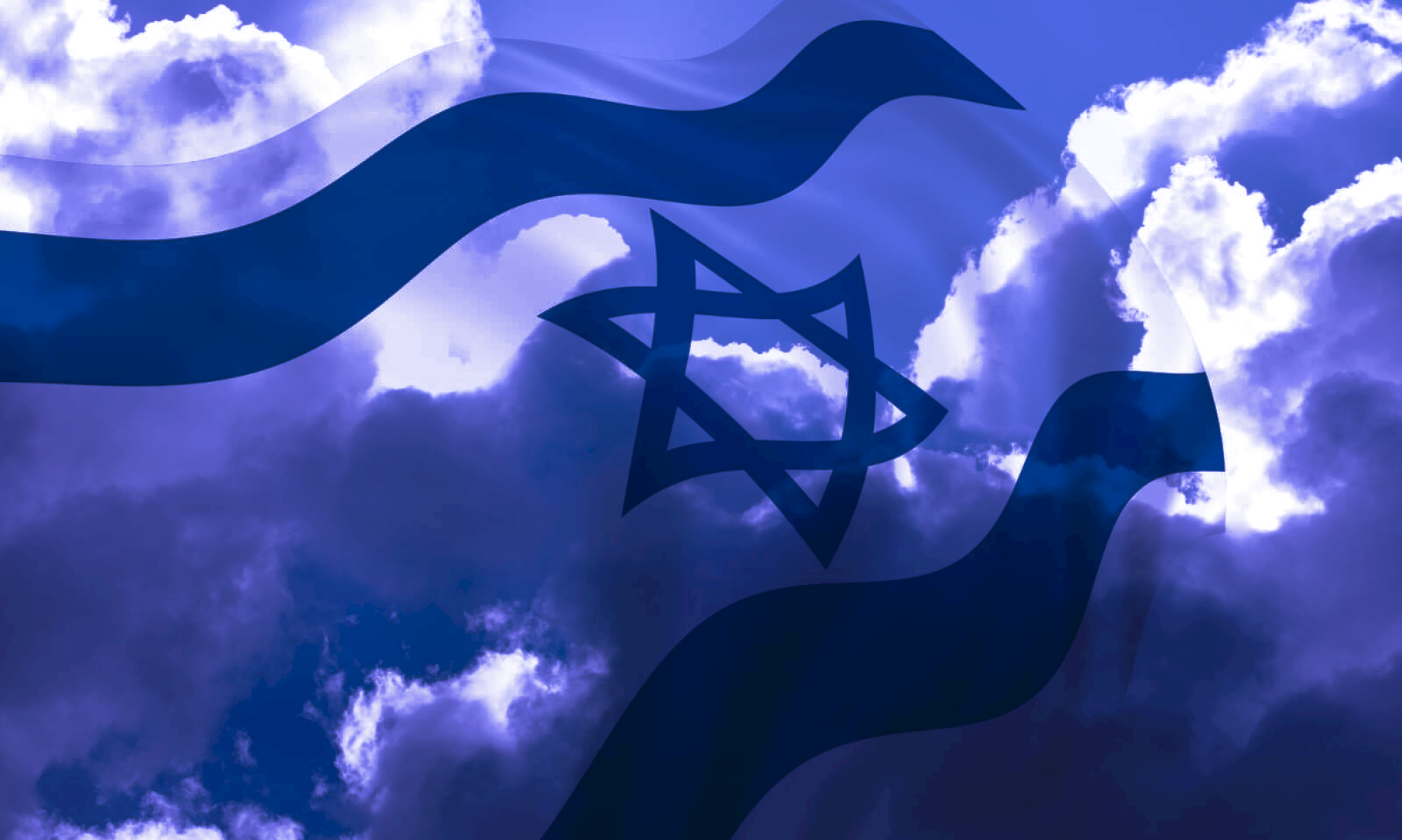
On March 23, an Israeli Army (IDF) operation killed 14 International Red Cross medics and seriously injured another in Gaza. Six of the 14 medics killed were Hamas members
The army announced on Sunday that it was firing a major, the deputy commander of the Golani unit, and reprimanding the commander of Brigade 14, identified only as Colonel “T,” for his actions during the incident.
What happened? IDF soldiers mistook the ambulances for vehicles belonging to Hamas fighters and opened fire.
The army initially released incorrect information based on soldiers’ accounts, such as the claim that the ambulances had no headlights on.
An investigation led by Major General (retired) Yoav Har-Even found that this information was false.
A preliminary report released on April 5 corrected the errors.
The investigation divided the case into four main incidents
– An ambulance was mistaken for a threat and attacked.
– Several ambulances were mistaken for threats and also attacked.
– A UN vehicle was deliberately hit, against the rules, allegedly to force it to leave a dangerous area.
– Errors in the handling of bodies and ambulances after the attack.
The incident is considered one of the worst of the war, due to the number of medics killed, the contradictions in the IDF’s initial reports, and the poor handling of the bodies.
The attack on the UN vehicle was seen as the most serious, as the soldiers violated the rules of engagement, even though the intention was not to kill.
Why was the brigade commander reprimanded”
Colonel “T” was blamed for not adequately preparing his troops to deal with situations like this, even though he was not present at the scene.
He was also criticized for the poor handling of bodies and ambulances after the incident.
What happened to the bodies”
After the attack, the bodies of the doctors were placed in a net and buried in the sand to protect them from animals.
The COGAT unit informed the UN the same day, but due to the fighting, the bodies could not be recovered for 48 hours.
On March 27, the UN was called to search for the bodies, but found only one.
The IDF suggested that the UN did not dig deep enough.
The next day, a senior IDF officer brought more bodies to the surface.
On March 30, the UN managed to recover the rest.
Why were the ambulances mistaken?
On the morning of March 23, at 4
30 a.m., the Golani Brigade set up an ambush against Hamas forces in Tel Sultan, Rafah.
The operation was successful, but around 6 a.m., soldiers mistook a group of ambulances for Hamas fighters.
The confusion was due to:
– Inaccurate drone reports
– Low visibility of Deputy Commander Golani
– Movements of medics, who rushed out of ambulances to try to save a colleague who had been hit earlier.
Despite the IDF’s initial claims, the ambulances were clearly marked as Red Cross.
The Army did not explain why the soldiers did not consider that new ambulances might be arriving to rescue victims.
Hamas and the context
The investigation found that Hamas often uses ambulances and hospitals for cover, which makes it difficult for the IDF to avoid attacking these vehicles when terrorists are suspected.
However, the fact that six of the 14 medics killed were Hamas members does not justify the attack, since the soldiers were unaware of this at the time and, upon approaching, saw that the medics were unarmed.
What now”
The IDF is still considering whether to bring criminal charges against those involved, a decision that will be made by Military Advocate General Yifat Tomer Yerushalmi.
Har-Even, however, is against criminal charges, considering the broader context.
The investigation found that the soldiers did not shoot at every vehicle that passed through the area, showing some caution.
The dismissed deputy commander is seen as a hero by the IDF for his actions during months of war, even though he was wounded and returned to duty.
He was called in to replace another commander who was wounded before the incident.
Global impact
The case has sparked international outrage over the number of casualties, flawed initial reporting, and the handling of the bodies.
Har-Even’s investigation looks at some 350 incidents from the war, with 51 referred to the IDF’s legal division and some 40 other serious cases sent directly for legal investigation.
Published in 04/20/2025 19h19
Text adapted by AI (Grok) and translated via Google API in the English version. Images from public image libraries or credits in the caption.
Reference article:
| Geoprocessing Drone Systems HPC |

| ERP and CRM Systems Mobile Systems AI |


